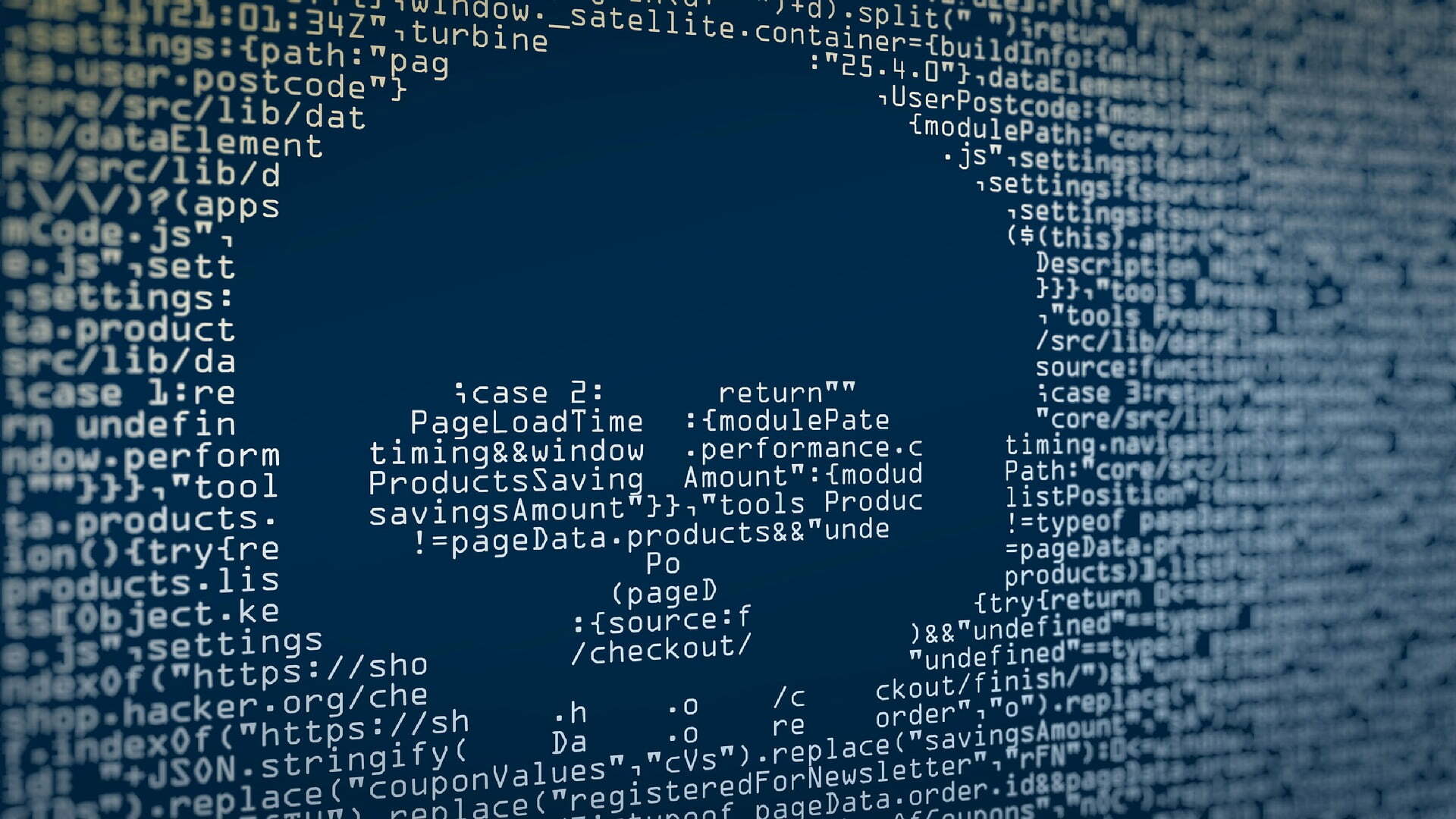What is Malware?
Malware is a malicious software program that can damage your computer and steal your private information. It is also used to get around security measures on the Internet. Malware is often disguised as a virus or Trojan horse, but it’s not technically a virus. A virus attaches itself to another file, like an e-mail attachment, and spreads by itself to other computers.

Malware can also be embedded in programs like PDF files or Microsoft Word documents that you download from the Internet, and then you run these files on your computer without realizing they contain malware. Some types of malware are designed to install spyware on your computer so that they can monitor everything you do online and steal valuable personal information such as credit card numbers, passwords and other private information.
What are the Different Types of Malware?
Malware is a type of virus or worm that can infect your computer and damage it. The different types of malware are:
Virus – A virus is a program that infects other programs and files, causing the infected programs to run in the background. Viruses may be spread by email, diskette, floppy disk or through the Internet.
Worm – A worm spreads itself through all connected computers on a network or networked system. Worms usually arrive as attachments to email messages.
Trojan Horse – A Trojan Horse is a file that looks like something else but does something different than what it claims to do. Trojans can be disguised as files such as .bat and .exe files, hidden files within Windows, or even activated from the System Tray menu when you click on it.
Adware – Adware (also called spyware) is software that tracks your web surfing habits and reports them back to its publisher. It may also record keystrokes, search terms entered into the browser, and any other information about your computer use
What Are the Different Types of Malware Attacks?
Malware attacks are a type of cyberattack that can wreak havoc on your business. They are often used by hackers to steal data, invade your computer and network, or even destroy it. Malware attacks may be designed to steal your information or destroy your computer, and they can do so in a variety of ways. Some malware attacks may not cause any damage at all; they simply steal information from you. Others, however, can cause great harm to your computer and its contents by deleting files or causing other problems.
How do Hackers Infect Computers With Malware?
Malware is a malicious software that hackers use to steal your personal information and other valuable information. The most common way of infection is through email, but there are other ways too.
How Hackers Get Into Your Computer?
There are many ways in which hackers can get into your computer. They can do it by using Trojans, worms, or by simply visiting websites that are known to be infected with malware. If you want to prevent yourself from getting hacked, then you need to keep your antivirus software up-to-date and install it on all the devices where you use it. Also, try to avoid visiting suspicious websites because they might contain malware as well.
How Can You Tell if Your Computer Has Been Infected With Malware?
If you’re not sure, it’s a good idea to run a virus scanner. The best way to do this is by downloading an application from the Android or Apple App Store. Google Play also offers free antivirus software that you can download. Make sure that your antivirus program is up-to-date and be sure to run a full scan every time you start your device so that it will be able to catch any new threats. If you are still unsure about whether or not your device has been infected, there are some other ways to check:
Look at the System Info section in your phone’s Settings app. If it shows that there is no antivirus installed on the system, then most likely it has been infected. If this is the case, then make sure that you check for updates regularly so that any new viruses can be detected and removed before they infect other files on the phone. Check the Notifications section in your phone’s Settings app. If there are no notifications coming from Google Play Services or any other third party apps installed on your device, then this may indicate that malware has infected them and could be causing problems for users
How to Prevent Malware Infections:
Malware is one of the most common threats to the computer system. This can cause severe damage to your system, and even lead to loss of data or privacy. Malware can be introduced through email attachments, infected websites and web browsers, and legitimate software downloads. If you have recently downloaded any programs from third-party sites, make sure they are not infected with malware before installing them on your computer. You can also use a reputable anti-virus program to ensure that no malware is present on your system.
There are several steps you can take to prevent malware infections: Scan all incoming emails for viruses using an antivirus program or email scanning tool. Remove any unnecessary software from your computer such as software that you don’t use anymore or applications that came pre-installed on your computer by the manufacturer (such as Microsoft Office). Keep your operating system up-to-date with all security patches by visiting the manufacturer’s website for more information about recent updates (note: some manufacturers only provide security updates for their products).
Conclusion: Malware can be devastating but there are good ways to prevent it.
Thank you for your hard work!